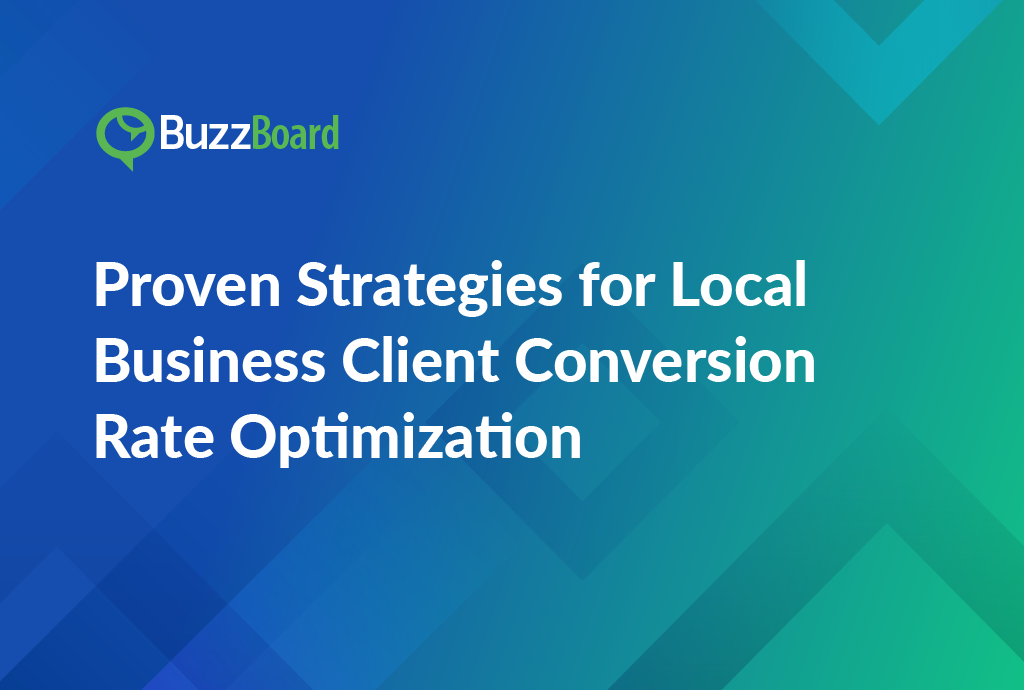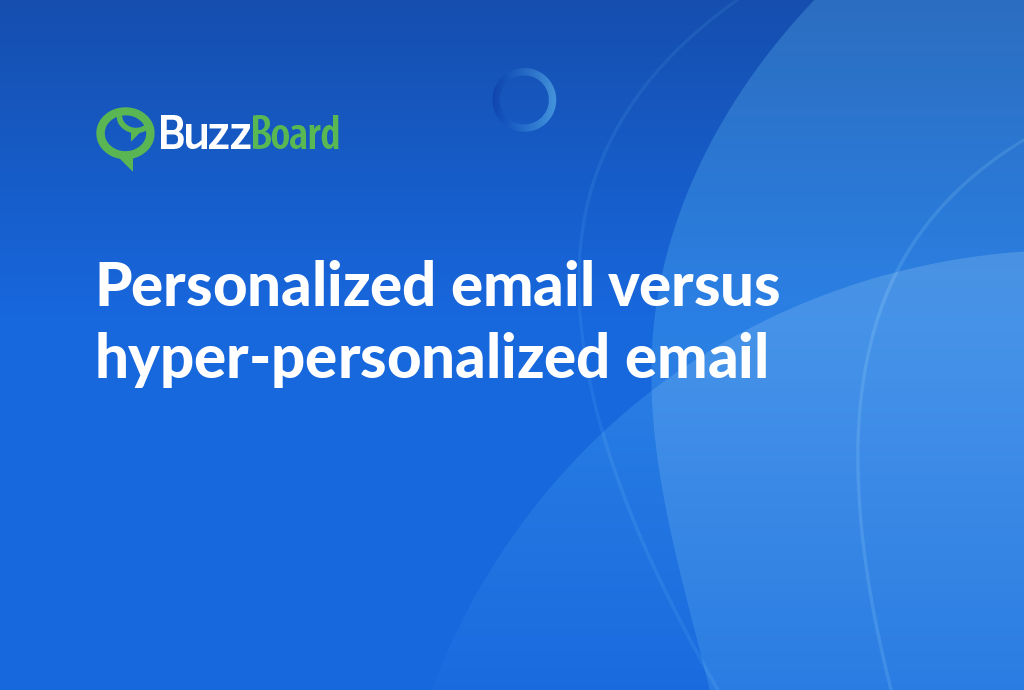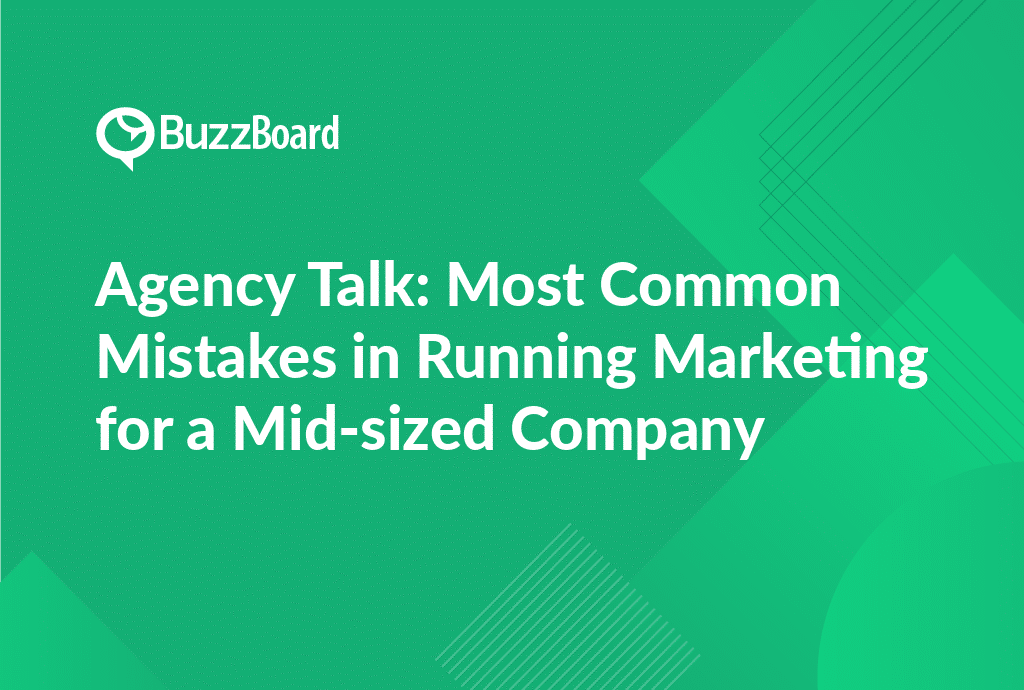Boost Website Conversion Rates for your Local Business Clients
Are you a local business owner struggling to convert leads into clients? Optimizing your conversion rates is crucial to driving revenue and growth. In this article, we reveal the top strategies for improving client conversion rates, including:
- Streamlining Your Sales Process: Simplify your sales funnel to reduce friction and increase conversions.
- Personalized Communication: Tailor your marketing and sales efforts to resonate with your target audience.
- Data-Driven Decision Making: Leverage analytics to identify areas for improvement and optimize your sales strategy.
- Building Trust: Establish credibility and trust with potential clients through transparent communication and social proof.
- Measuring and Optimizing: Continuously monitor and refine your sales process to maximize conversions.
By implementing these proven strategies, local businesses can significantly improve their client conversion rates and drive growth.
Introduction to Local Business Client Conversion Rate Optimization
Conversion Rate Optimization (CRO) for local businesses is a pivotal element for success in the digital marketing industry. It plays an instrumental role in boosting conversions and sales for small and local companies. Designed to increase the percentage of prospective customers who become actual customers, CRO is a tool that every digital marketing agency needs to embrace.
Strategies for conversion optimization are typically centered around making a local business more enticing to its target audience. However, it’s important to note that these strategies are not a one-size-fits-all solution. In-depth analysis and continuous enhancement are key to driving business success.
There are several methods that can aid an agency in enhancing their CRO. Points of focus can include simplifying the business website’s user experience, personalizing the customer journey, or utilizing local SEO to improve visibility in local search results.
While CRO is a comparatively simple concept, its effective implementation requires a profound understanding and the capability to swiftly identify and address unique business issues. This understanding could potentially lead to dramatic increases in conversions and sales, thereby promoting overall business success.
In the competitive landscape of digital marketing, possessing the expertise to optimize the CRO for local businesses can gradually set the stage for success. Regularly stay abreast of recent trends and strategies to keep your clients at the forefront of the game.
What is Conversion Rate Optimization?
CRO is the practice of increasing the percentage of website visitors who perform a desired action, such as completing a form or making a purchase. It involves examining the behavior of visitors and identifying what motivates them to convert. By understanding what drives conversions, local businesses can create a customer journey that motivates visitors to take the desired action, successfully transitioning potential customers into actual customers.
Strategies for Optimizing Conversion Rate
At a high level, these are basic strategies for optimizing the conversion rate for your local business clients:
- Improve Site Loading Speed: A fast-loading website is essential for keeping potential customers engaged and increasing the likelihood of a purchase.
- Streamline Navigation: Clear and easy navigation simplifies the process for users to take the desired action, making it easier for them to convert.
- Use Effective CTAs: Persuasive calls-to-action can guide users towards conversion, encouraging them to take the desired action.
- Create Engaging Content: High-quality content can substantially improve conversions by keeping readers on your site longer, increasing the chances of conversion.
Regardless of the strategies implemented to boost conversions, the success of conversion rate optimization is contingent on a relentless pursuit of consistency and effectiveness. Local businesses must continuously learn, test, and make necessary adjustments to optimize their conversion rates.
Digging down deeper, into more specific strategies, we find:
- Streamline the User Experience
A cluttered and confusing website can lead to high bounce rates and decreased conversions. Ensure your clients’ websites are user-friendly, with clear navigation and concise messaging. Implement a responsive design that adapts to various devices and screen sizes, providing an optimal experience for visitors.
- Leverage Social Proof
Social proof is a powerful conversion driver, as it builds trust and credibility with potential customers. Encourage clients to showcase customer testimonials, reviews, and ratings on their website. This can be achieved through the use of trust badges, customer quotes, or even a “customer of the month” section.
- Optimize Landing Pages
Landing pages are a crucial element in conversion rate optimization. Ensure that landing pages are tailored to specific marketing campaigns, with clear and concise messaging that resonates with the target audience. Use attention-grabbing headlines, compelling visuals, and a prominent call-to-action (CTA) to drive conversions.
- Enhance Mobile Optimization
With the majority of online users accessing websites through mobile devices, it’s essential to ensure that clients’ websites are optimized for mobile. This includes implementing a responsive design, reducing page load times, and optimizing content for mobile devices.
- Utilize Urgency and Scarcity
Creating a sense of urgency and scarcity can be an effective way to drive conversions. Use limited-time offers, countdown timers, or limited-availability promotions to encourage visitors to take action. This can be particularly effective for local businesses offering time-sensitive deals or promotions.
- Leverage Email Marketing
Email marketing is a powerful tool for driving conversions, allowing businesses to nurture leads and encourage repeat business. Encourage clients to build an email list and create targeted campaigns that resonate with their target audience.
- Optimize for Local SEO
Local SEO is critical for local businesses, as it helps them appear in search engine results pages (SERPs) for location-based searches. Ensure clients’ websites are optimized for local SEO by including their business name, address, and phone number (NAP) consistently across the web, and creating high-quality content that targets local keywords.
- Utilize A/B Testing
A/B testing is a powerful tool for optimizing conversion rates, allowing businesses to test different elements of their website and identify what works best. Encourage clients to test different CTAs, headlines, and visuals to optimize their website for conversions.
- Leverage User-Generated Content
User-generated content (UGC) is a powerful way to build trust and credibility with potential customers. Encourage clients to showcase customer-generated content, such as reviews, testimonials, or user-submitted photos, to create a sense of community and social proof.
- Monitor and Analyze Performance
Conversion rate optimization is an ongoing process, requiring continuous monitoring and analysis. Encourage clients to track key performance indicators (KPIs) such as conversion rates, bounce rates, and average order value to identify areas for improvement and optimize their website for maximum conversions.
By implementing these proven strategies for local business client conversion rate optimization, you’ll be able to drive revenue and growth for your clients, setting them up for long-term success in the competitive digital landscape.
How Conversion Optimization Can Boost Sales and Success
Improving conversion rates can be a game-changer for growth. Conversion rates refer to the percentage of website visitors or customers who take a desired action, such as making a purchase, signing up for a newsletter, or scheduling an appointment. By optimizing conversion rates, local businesses can increase revenue, boost customer loyalty, and establish a strong online presence.
One of the primary benefits of improving conversion rates is increased revenue. When more customers take the desired action, businesses can generate more sales, leading to increased revenue and profitability. This, in turn, can enable local businesses to invest in marketing and advertising efforts, further expanding their reach and customer base.
Another significant advantage of improving conversion rates is increased customer loyalty. When customers have a seamless and enjoyable experience, they are more likely to return and recommend the business to others. This can lead to a loyal customer base, which is essential for long-term success. By improving conversion rates, local businesses can foster a sense of trust and satisfaction among customers, leading to increased loyalty and retention.
Improving conversion rates can also lead to a stronger online presence. In today’s digital age, having a strong online presence is crucial for local businesses. By optimizing conversion rates, businesses can increase their visibility, drive more traffic to their website, and establish themselves as authorities in their industry. This can lead to increased credibility and trust among customers, as well as increased opportunities for partnerships and collaborations.
CRO is pivotal in transforming website visitors into paying customers. It’s a systematic approach aimed at elevating the percentage of website visitors that perform a desired activity—whether that’s purchasing a product, subscribing to services, or filling out a form. This process can involve strategies in website design, email marketing, social media marketing, and content marketing.
In addition to these benefits, improving conversion rates can also lead to increased customer engagement. When customers take the desired action, they are more likely to engage with the business, share their experiences, and provide feedback. This can lead to a more active and engaged customer base, which can drive growth and expansion.
Challenges and Solutions in Local Business Client Conversion Rate Optimization
Local Business Client Conversion Rate Optimization (LBCRO) poses unique challenges and opportunities that can influence the rate at which prospects interact with a business. One central issue in this field is connecting with the target audience and provoking action, which calls for a deep understanding of the local market, customer behavior, and effective engagement tactics.
More specifically, you’ll be faced with the following challenges:
- Understanding User Behavior:
One of the primary challenges in CRO is understanding user behavior. It’s essential to analyze how users interact with your website, including their browsing patterns, click-through rates, and drop-off points. However, this requires a comprehensive understanding of user psychology, which can be difficult to grasp. To overcome this challenge, conduct user testing, gather feedback, and analyze website analytics to gain insights into user behavior.
- Identifying Conversion-Blocking Elements:
Conversion-blocking elements are design or functionality issues that prevent users from completing a desired action. These elements can include slow loading times, confusing navigation, or irrelevant content. To identify conversion-blocking elements, conduct A/B testing, user testing, and analytics analysis to pinpoint areas for improvement.
- Balancing Conversion Goals with User Experience:
Conversion goals and user experience are often at odds. While conversion goals prioritize immediate results, user experience prioritizes long-term engagement. To balance these competing interests, prioritize user experience and focus on creating a seamless, intuitive user interface. This will lead to increased user satisfaction and, ultimately, conversions.
- Overcoming Cognitive Biases:
Cognitive biases, such as confirmation bias and anchoring bias, can significantly impact conversion rates. To overcome these biases, use clear, concise language, and provide transparent information about your product or service. Additionally, use social proof, such as customer testimonials and reviews, to build trust and credibility.
- Adapting to Changing User Behavior:
User behavior is constantly evolving, and websites must adapt to these changes to remain competitive. To stay ahead of the curve, conduct regular user testing, gather feedback, and analyze website analytics to identify areas for improvement.
- Balancing Short-Term and Long-Term Goals:
Conversion rate optimization is often a balancing act between short-term and long-term goals. While short-term goals prioritize immediate conversions, long-term goals prioritize user engagement and loyalty. To balance these competing interests, prioritize user experience and focus on creating a seamless, intuitive user interface.
- Overcoming Technical Limitations:
Technical limitations, such as slow loading times or poor website performance, can significantly impact conversion rates. To overcome these limitations, optimize website performance, use caching and content delivery networks, and prioritize mobile-friendliness.
- Staying Up-to-Date with Industry Trends:
The CRO landscape is constantly evolving, with new trends and best practices emerging regularly. To stay ahead of the curve, attend industry conferences, participate in online forums, and stay up-to-date with the latest research and studies.
- Managing Stakeholder Expectations:
Conversion rate optimization often involves managing stakeholder expectations, including those of clients, managers, and team members. To manage these expectations, prioritize transparency, set realistic goals, and provide regular progress updates.
- Measuring Success:
Conversion rate optimization is often difficult to measure, as it requires a deep understanding of user behavior and website performance. To measure success, prioritize key performance indicators (KPIs), such as conversion rates, bounce rates, and user engagement. Additionally, use A/B testing and analytics analysis to track progress and identify areas for improvement.
In conclusion, conversion rate optimization is a complex and challenging process, requiring a deep understanding of human behavior, psychology, and technology. To overcome the challenges of CRO, prioritize user experience, adapt to changing user behavior, and stay up-to-date with industry trends. By following these actionable tips, you’ll be well on your way to improving your website’s conversion rates and achieving your digital marketing goals.
Conclusion
In conclusion, optimizing the conversion rate of local business clients requires a multi-faceted approach that combines effective marketing strategies with a deep understanding of customer behavior. By implementing the proven strategies outlined in this article, local businesses can significantly improve their conversion rates and drive more revenue.
This includes leveraging online directories and citations, optimizing website content and user experience, utilizing targeted advertising, and building a strong online reputation. Additionally, businesses should focus on providing exceptional customer service and building trust with potential clients. By prioritizing these strategies, local businesses can increase their chances of converting leads into loyal customers and driving long-term growth.









